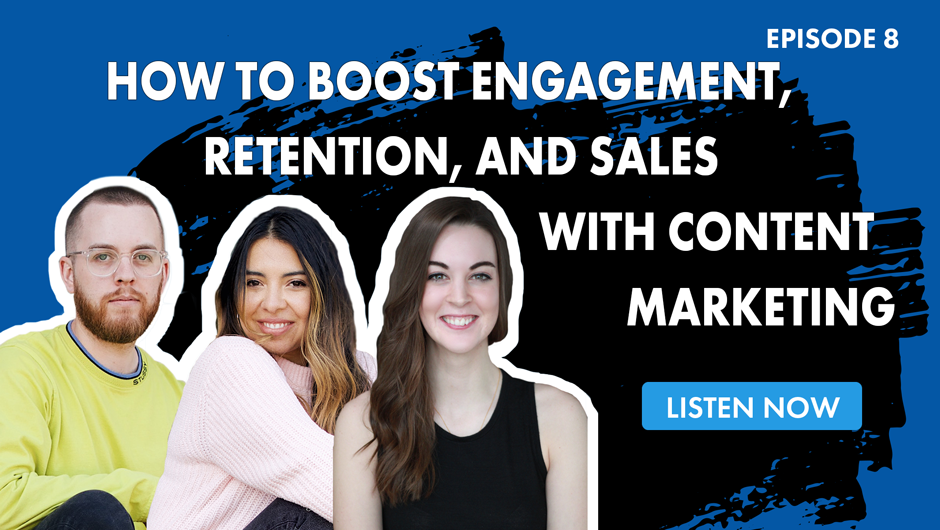A digital marketing strategy is simply a tactical plan that uses digital marketing tools to achieve a specific business goal. Strategy can trip people up if there are multiple goals and stakeholders involved. In order to achieve a clear effective strategy, each goal must have its own project life-cycle attached to it. In this blog you will learn how to complete a digital marketing strategy from conception to completion in four basic steps.
It is important to work backwards from a specific goal because not every goal is accomplished the same way. It’s kind of like building a house. The specific goal is to build a house for a particular function, so you lay a foundation, your foundation is the scope that defines what kind of project is built and how. The strategy is the blueprint of the house you want to build on that foundation, and the tools put it all together.
A digital marketing strategy is very similar, you would like to develop another part of your business, i.e. build a larger audience to gain credibility (brand strength as a competitive advantage), build a broader customer base for a specific service you offer, or maybe you want your current customer base to buy more of a product or service from you. These are ‘houses’ or parts of your business that you can build with digital marketing tools.
I recommend building out a strategy for one goal at a time (sometimes there is cross-over between strategic plans and you can accomplish two goals with one strategy, but start off with one goal so there is no diversion if priorities conflict).
Here is a breakdown of how to complete a digital marketing strategy in 4 simple steps
Define a concrete goal:
Before you develop your strategy, it’s optimal to solidify a clear and concrete goal and not change it later in the process. Your goal defines the full scope of your project and the tools and tactics that you will use. If you change the foundation, you will typically have to rebuild what’s on top of that. There are elements in the process like design and messaging that can change through creative process but the fundamental goal should remain static. Some examples of business goals that can be achieved through digital marketing are:
- Creating general awareness about your business to let potential customers know who you are
- Covert leads into customers
- Retain customers and win-back ones who have left
Develop the strategy:
- Set a timeline
- Define your audience
- Set a budget
- Develop your key messages (make sure they tell your audience what you want them to do (always have a clear call to action in your message)
- Identify and assign tasks (if working with a team)
Determine your tools and create the content:
In digital marketing, you have a lot of tools that you can choose from. Once you have decided on your tools, you can then develop content that will best communicate your key messages to the audience you want to speak to. These are some examples of digital marketing tools that you can utilize to execute your strategy:
Execute and Review:
Your strategy is now ready to execute. After you have executed your digital marketing strategy (campaign) it’s time to review and close the project if it is successful. If your goal was not achieved, this is where you review your entire strategy again and make changes based on measurable results, if the tools were not successful, you can often see that in the results, if that is the case, try using different tools to present your information differently.
Learn more about digital and content marketing on our podcast episode:

Related Reading:
Equip yourself with the marketing tools to beat the competition. Download this free e-Book for small business marketers.